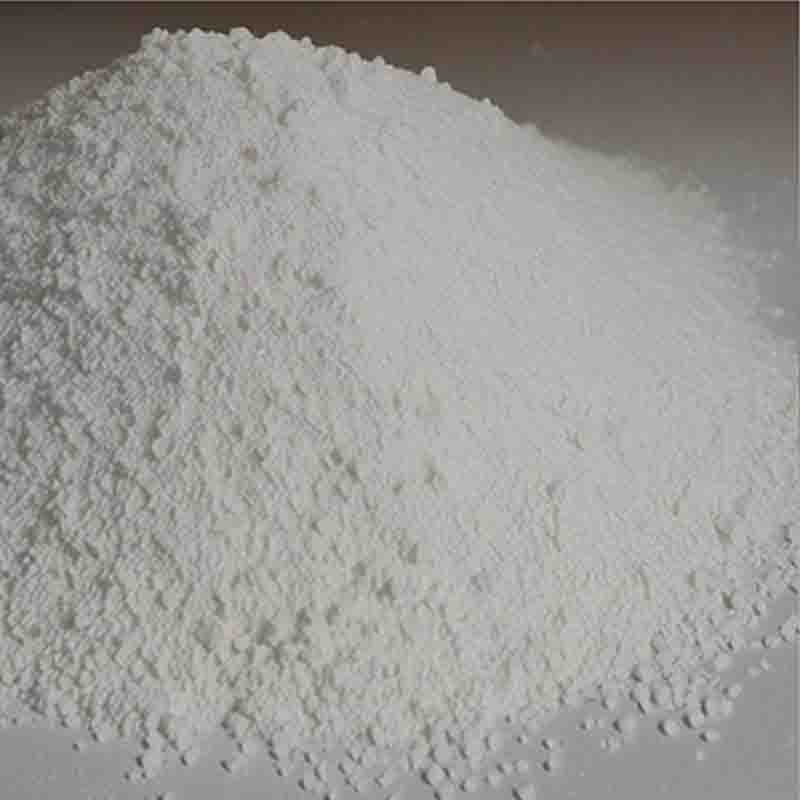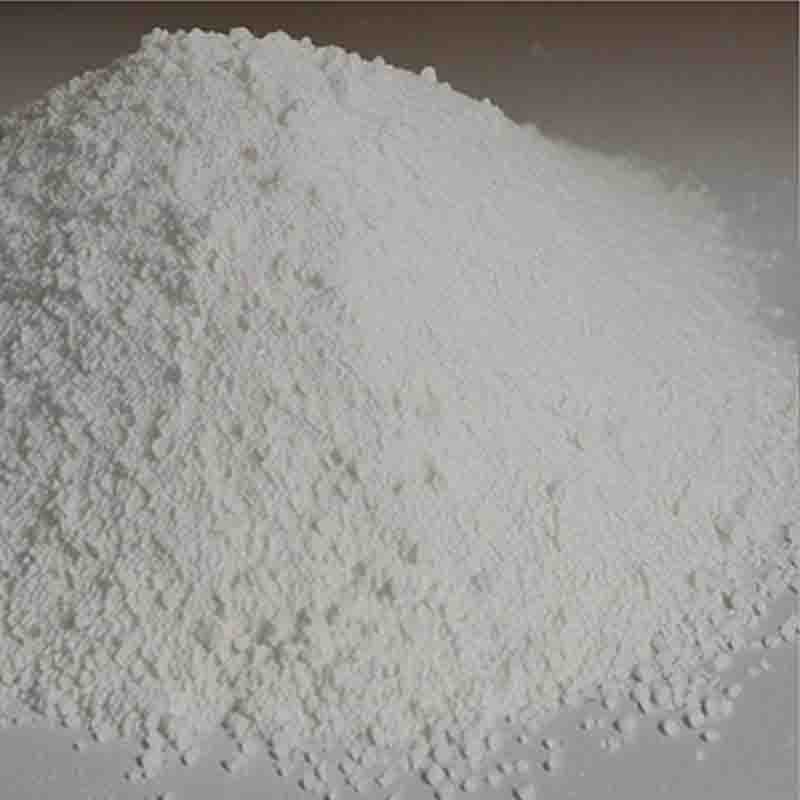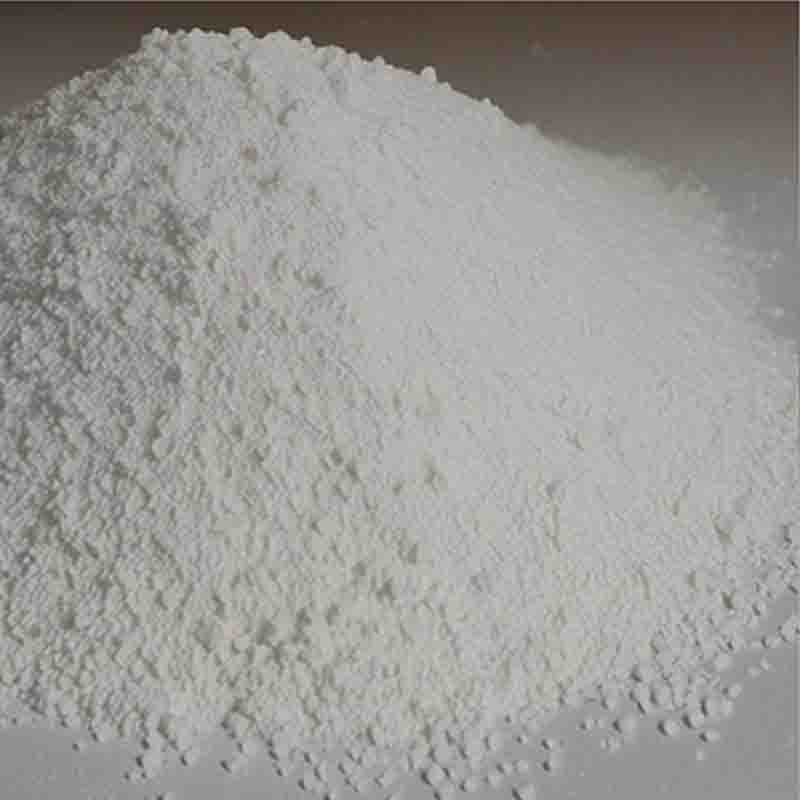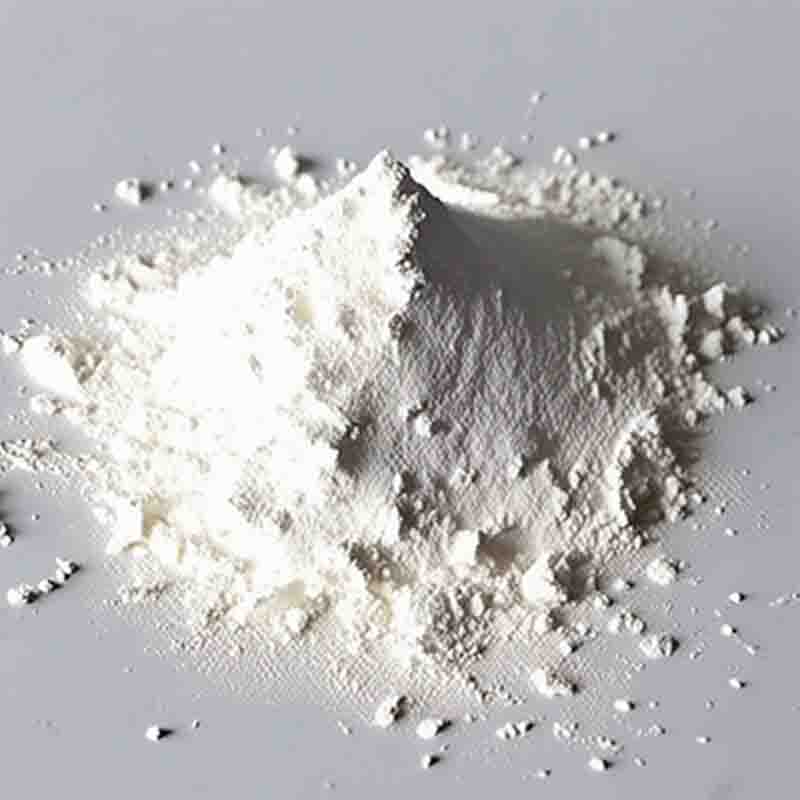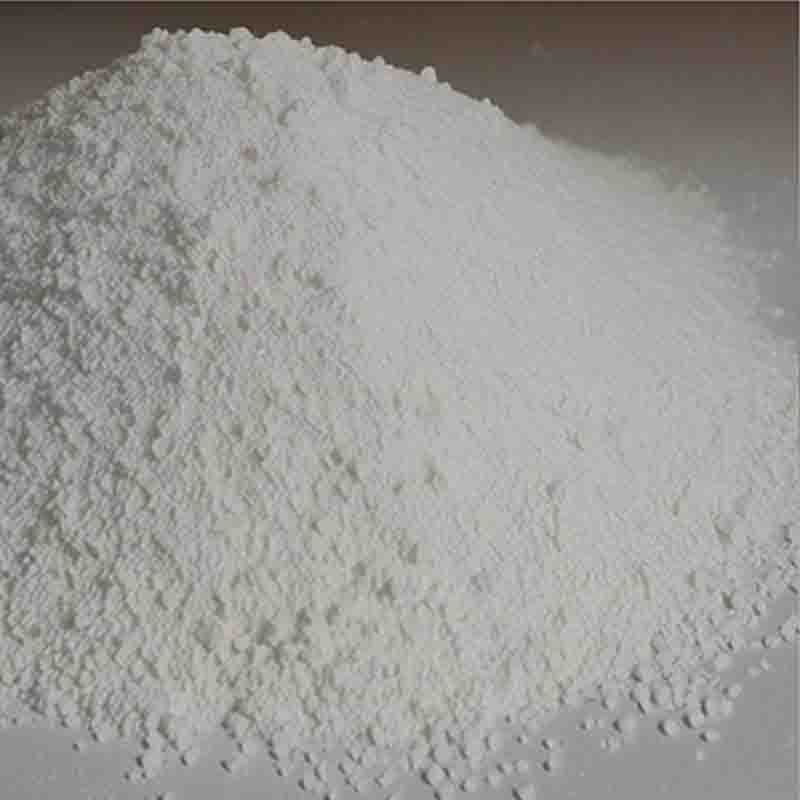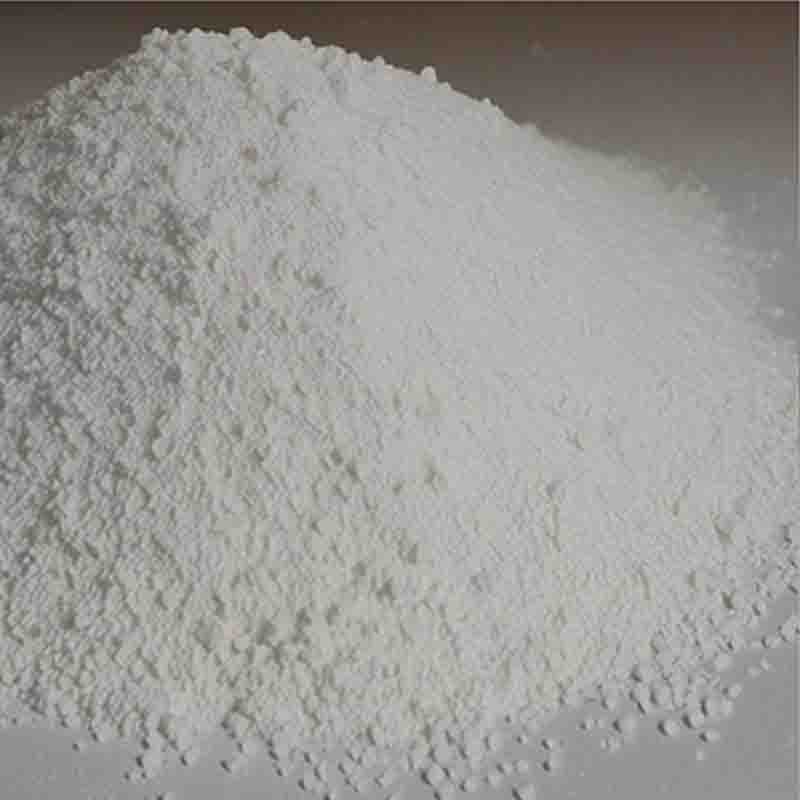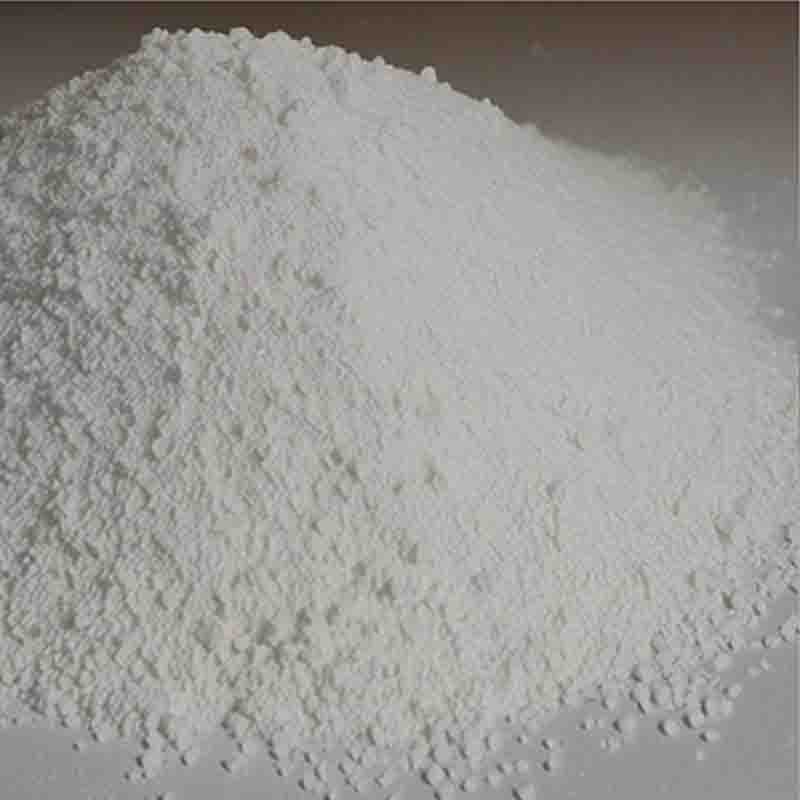5-Chloroindole CAS:17422-32-1
| Catalog Number | XD95498 |
| Product Name | 5-Chloroindole |
| CAS | 17422-32-1 |
| Molecular Formula | C8H6ClN |
| Molecular Weight | 151.59 |
| Storage Details | Ambient |
Product Specification
| Appearance | White powder |
| Assay | 99% min |
5-Chloroindole is a chemical compound that belongs to the indole family and contains a chlorine atom (Cl) attached to the aromatic ring. In this 300-word explanation, we will explore the effects and potential uses of 5-Chloroindole.One notable effect of 5-Chloroindole is its involvement in the synthesis of a variety of organic compounds. Its chloro substituent provides reactivity and allows for various chemical transformations, making it a valuable intermediate in organic chemistry. Researchers have utilized 5-Chloroindole as a starting material in the synthesis of pharmaceuticals, agrochemicals, and other functional compounds.Moreover, 5-Chloroindole has exhibited promising biological activities. Research studies have suggested its potential use as a drug candidate for treating cancer. It has been found to inhibit the growth of cancer cells and induce apoptotic cell death in various cancer models. These findings highlight the potential of 5-Chloroindole derivatives in the development of novel anticancer agents.Furthermore, 5-Chloroindole has shown antimicrobial properties against bacteria and fungi. It has demonstrated inhibitory effects against several pathogenic microorganisms, making it a potential candidate for the development of new antibiotics or antifungal agents. This could be particularly useful in combating drug-resistant strains that have become a global health concern.In addition to its biological activities, 5-Chloroindole has also been studied for its potential applications in organic electronics. Its unique electronic properties make it suitable for use in optoelectronic devices such as organic light-emitting diodes (OLEDs) and organic photovoltaic cells (OPVs). These applications could contribute to the advancement of energy-efficient lighting and renewable energy technologies.Furthermore, 5-Chloroindole derivatives have been explored for their role as ligands in metal-catalyzed reactions. The presence of the chlorine atom in 5-Chloroindole allows for coordination with transition metals, enabling the formation of new metal complexes with unique reactivity and selectivity. This makes it a valuable tool in metal-catalyzed transformations and synthetic chemistry.In conclusion, 5-Chloroindole exhibits various effects and potential uses. Its reactivity and versatility as a building block in organic synthesis make it valuable for the production of complex molecules. Its biological activities, such as anticancer and antimicrobial effects, suggest its potential as a drug candidate. Additionally, its unique electronic properties make it suitable for use in organic electronics, while its role as a ligand in metal-catalyzed reactions showcases its importance in synthetic chemistry. Continued research on 5-Chloroindole and its derivatives may reveal further applications and advancements in multiple fields.


